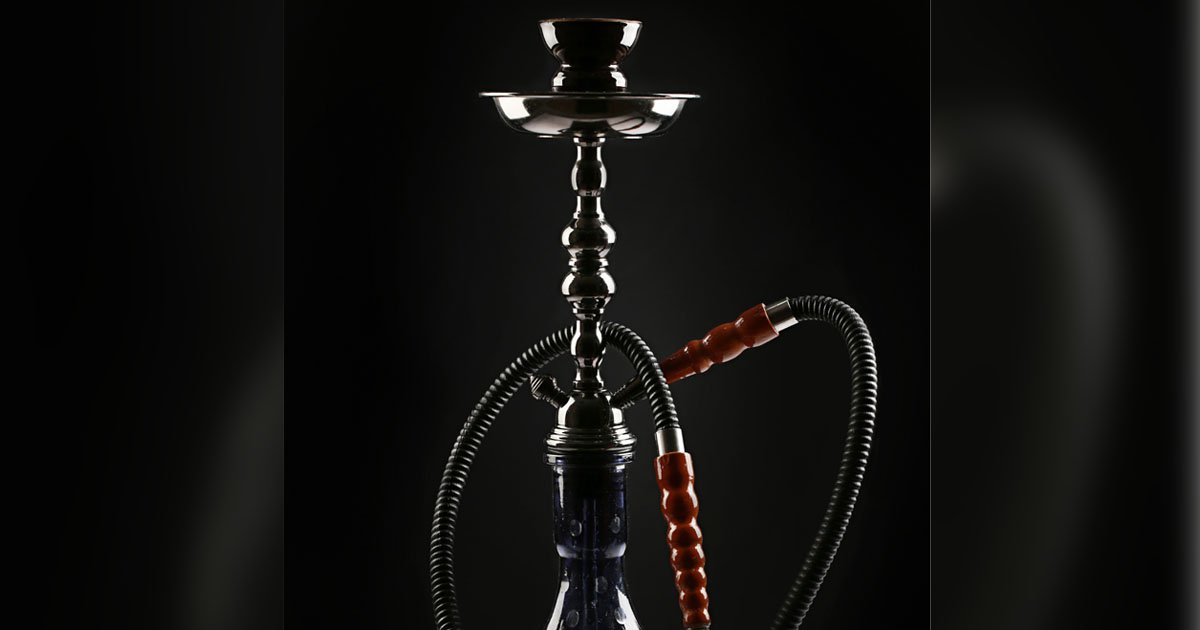Hookah exposure consistent with carbon monoxide poisoning
Many teens and young adults who present to EDs and other health care facilities for poisonings after hookah or waterpipe use have signs and symptoms similar to those seen with carbon monoxide poisoning, according to findings published in the Journal of Adolescent Health. Although many were not tested for carbon monoxide, blood tests revealed levels as high as 35%.
Brian L. Rostron, PhD, a mathematical statistician at the FDA’s Center for Tobacco Products, told Infectious Diseases in Children that a link between hookah exposure and carbon monoxide poisoning has previously been established. However, he said that this study provided comprehensive figures for the number of poisoning events.
Rostron added that of particular concern was that most of these events occurred among adolescents and young adults because these age groups are known to have relatively high levels of hookah use.
“Hookah use can lead to exposure to high levels of carbon monoxide, which is produced by the burning of charcoal and the heating of tobacco,” Rostron said. “People can be exposed through inhaling hookah smoke or through secondhand exposure. Carbon monoxide exposure can lead to effects such as dizziness, nausea, vomiting, seizures and even death.”

Of the 276 relevant poisoning events reported to U.S. poison control centers between 2001 and 2017, 14.1% of the patients affected were aged between 10 and 17 years, 54.8% were aged 18 to 24 years, and 20.6% were aged 25 years or older. Although no deaths were reported, one teenager or young adult was treated in a critical care unit, nine were treated in noncritical care units, and 39 were treated or evaluated and released.
The most commonly reported clinical effects from hookah use included dizziness and vertigo (n = 33 cases), nausea (n = 33 cases), headache (n = 30 cases), vomiting (n = 30), tachycardia (n = 15) and syncope (n = 11). Three patients with major medical effects from hookah exposure had seizures, and one patient had tremor, vomiting, headache and chest pain.
Rostron and colleagues wrote that when patients requiring care at a health care facility underwent carboxyhemoglobin testing, levels ranged from 4.3% to 35% upon arrival.
“Exposure to hookah charcoal and tobacco is known to cause carbon monoxide poisoning,” Rostron said. “These poisoning events are generally due to short-term exposure, so preventing or removing any exposure to hookah should eliminate or reduce the risks. Additionally, we are not aware of studies looking specifically at the role of flavors in these events.” – by Katherine Bortz
Disclosures: The authors report no relevant financial disclosures.
